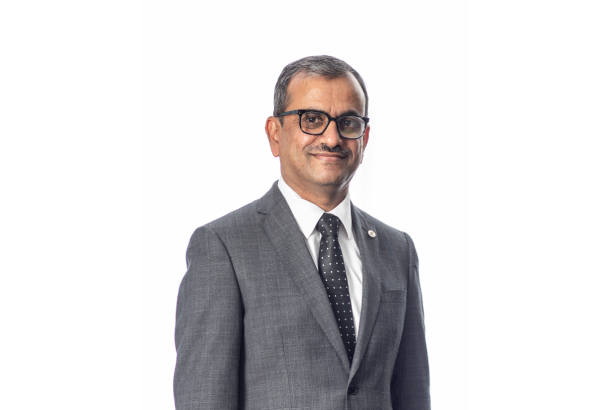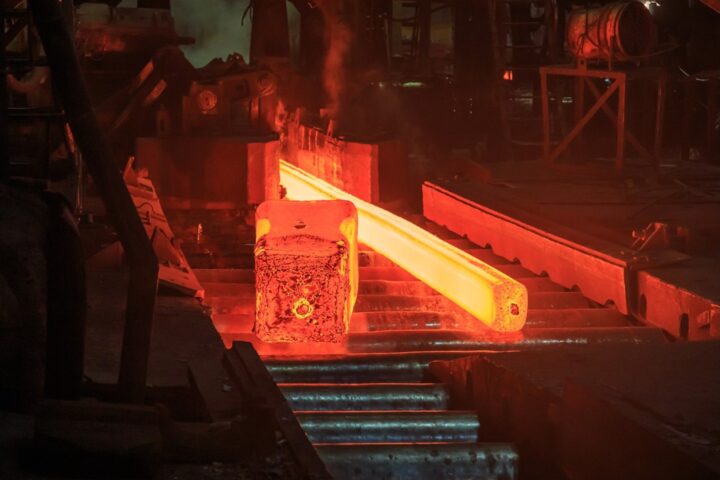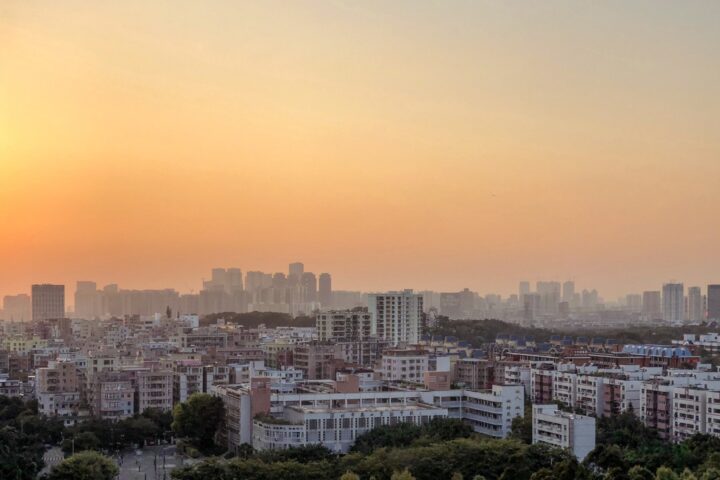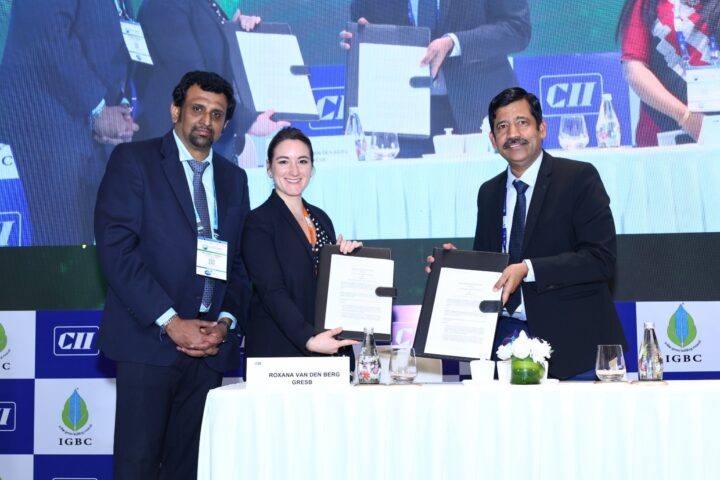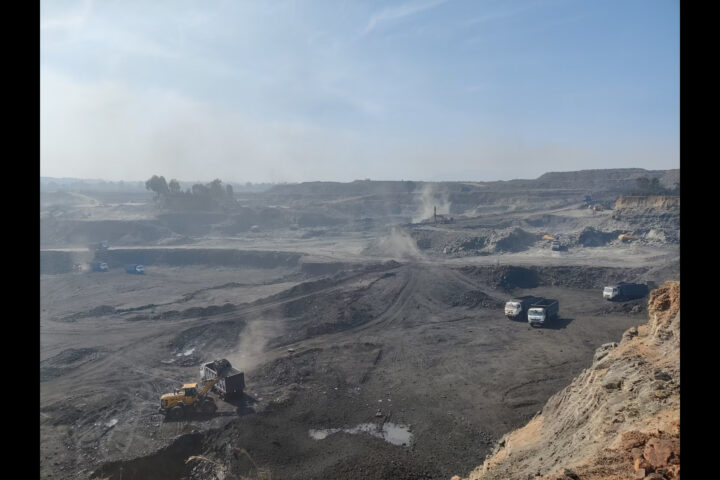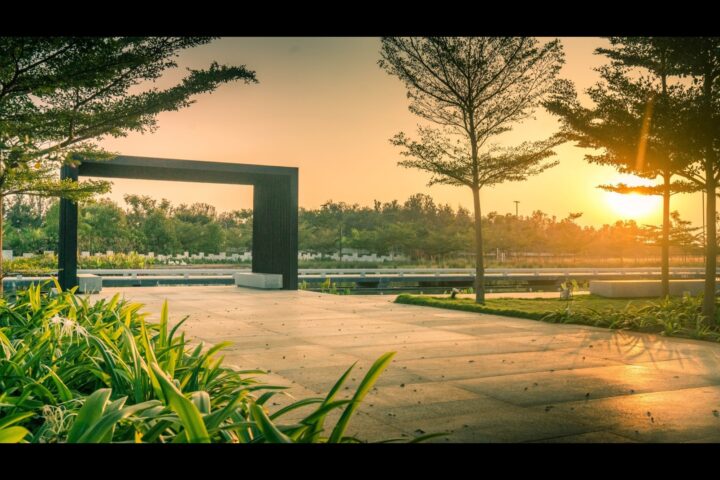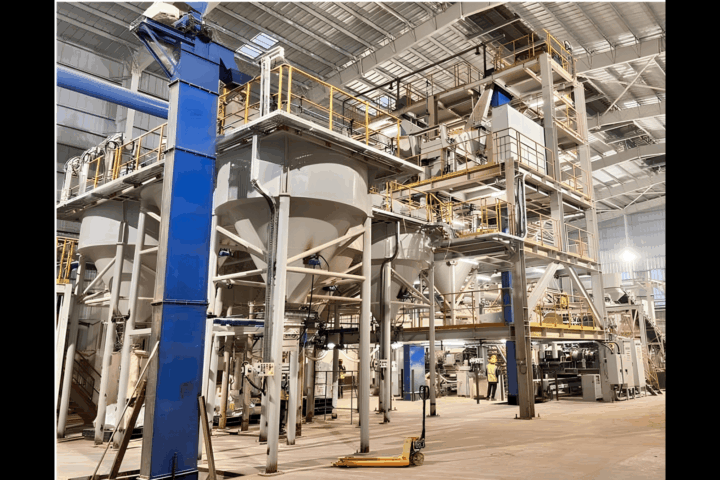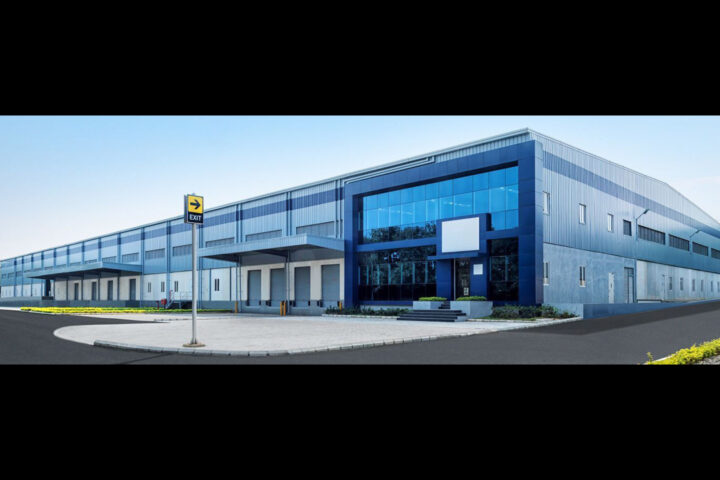Post relaxation in lockdown, how is the market for residential real estate shaping up in India?
The residential performance gained momentum despite the severity of the second wave, residential enquiries are also back to normal, and higher than pre-Covid levels, mostly due to people re-evaluating their living spaces from a work from home / online school / amenities / outdoor space perspective. The bounce back in economic activity post the devastating second wave of Covid has driven momentum across all our businesses but is more pronounced in the residential segment. We closed Q2 FY22 with net new bookings of 1.302 mn sq ft having a value of Rs 814 crores, which is a growth of 73% by area and 74% by value on a YoY basis. Hyderabad and Chennai have strengthened over the past year, contributing 28% by area and 37% by value to the overall sales portfolio.
Is there any shift in buyer’s preference for location considering health and safety concerns as Covid-19 virus is still active?
The key trend is that customers continue their preference for completed inventories and larger units. There is high demand for homes priced between Rs. 50 lakhs to 1 crore, especially from larger players who have shown high growth, further consolidating the market. Customers also have always spent time researching projects online – the recent phenomenon has been their willingness to conduct most of the initial conversations virtually, but they would still like to visit the project site for closure, which is understandable. Post the lifting of the nationwide lockdown, customers preferred completed or nearing completion homes so that they could move in as quickly as possible. They also preferred going for an extra bedroom or study area, due to working from home, online school, and the requirement for individual areas in a shared space. The focus on large outdoor spaces and the desire for integrated townships has also increased, from a lifestyle change with a focus on wellness and convenience. At the upper end of the segment, we see demand for villas or second homes.
Which are upcoming projects? How are you integrating sustainability in your projects?
We do not provide specific guidance but have a strong overall pipeline of 4.02 mn sq ft with 2.18 mn sq ft in residential projects and 1.84 mn sq ft in the commercial project planned for the year ahead. A few of the ways in which we are integrating sustainability are, using renewable resources, eg, using sunlight through passive solar, active solar, and photovoltaic techniques and using plants / trees through green roofs and gardens that harvest rainwater to reduce run-off; Where it is feasible, using building materials that are extracted and manufactured locally to minimize carbon footprint generated during transportation. Where possible, building elements are manufactured off-site and delivered to the site to maximize the benefits of off-site manufacture. This includes reduced construction waste, maximized recycling, higher-quality elements, better Occupational Safety and Health (OHS) management, and reduced noise & dust levels; Usage of building materials comprising of recycled materials such as ground granulated blast-furnace slag (GGBS) and fly ash. These are used in concrete and cement blocks; Using construction waste by segregating, reusing, and recycling efficiently; Using STP and tertiary treated water wherever available for non-structural work and for curing; to prevent wastage of water during the project lifetime, we have introduced water metering for each apartment which can be accessed on the mobile app on a real-time basis.
How is the hike in building materials prices affecting the residential real estate sector?
Commodity inflation is putting considerable pressure on the real estate industry which is currently operating at optimal efficiency. While the industry can absorb price hikes to a certain extent, constant increases in input costs are bound to be passed on to the customer at some point in time. It would come as a huge relief to the industry if the Government can step in and reduce the tax slab for cement under GST which is currently taxed on par with luxury items. Any stabilization in the volatility in the price of steel would also immensely help the industry, this will stabilize the overall cost of construction to a certain extent.
Your take on the government policies and regulations and the tweaks required to propel the residential real estate sector?
The reduction in stamp duty by the Karnataka Government for apartments priced between 35-45 lakhs was a welcome move as it will bolster the affordable segment. Having said that, it would have been far more beneficial if it was extended to other segments as well, given the burgeoning rate of expansion not only in Bengaluru but also in the rest of the State. The government can also take a couple of measures that can help the industry and the end customers. Firstly, the re-introduction of input tax credit for residential real-estate by the central government will help reduce prices for the customer. Since input tax credit was removed in 2019 the net impact was an increase in the price of Rs 400 to 500 per sq/ft. Secondly, although Karnataka has rationalized rates, if the guideline values are reduced it will help in bringing down the overall cost.
It has been four years of RERA. How is this act benefitting / affecting residential real estate developers in India?
The introduction of RERA has empowered home buyers to make better decisions and has brought in a lot of discipline for the developers. The act has also brought a huge amount of credibility to the real estate sector. The positive impact can be seen in the country now that a buyer can do his/her due diligence before buying a product since all the records of the developers are on public domains. And for builders, it has helped us make informed decisions.
How are you overcoming financial challenges faced by the ongoing economic recovery and the financial crisis?
The challenges faced by the real estate sector in Bangalore are similar to most real estate markets in the country.  However, one peculiar challenge for Bangalore is that it is largely an end-user market. This means that the percentage of investors in Bangalore is much lower as compared to other major urban centres. We, therefore, see a relatively higher demand for quality products and on-time delivery in Bangalore which places much higher pressure on real estate developers in the city viz a viz other markets such as Mumbai or Delhi. Also, since the demand from IT & ITES forms a large percentage of the Bangalore market, over the last 12 to 18 months the demand for real estate has gone up as the IT sector has done really well during this period based on requirements from the global markets as the pace of digitization increases. Since IT & ITES form a large part of the customer base for key markets such as North and East Bangalore, the city’s residential real estate market, particularly for larger developers, continues to be good. In terms of construction, activities, finance, etc. Covid has disrupted it in a big way. In the first wave, construction activity was stopped, and migrant labour returned home. In the second wave although construction activity was allowed the availability of labour was down to 60% which has impacted construction activity.
What are the prime challenges faced by residential realty players in India?
The high raw material prices have been a pain point for not only us but developers across the country. Cost of materials, labour, and increased regulatory compliance eat into the operating margins. The removal of input tax credit had a huge impact on our business. The 18% reimbursement on construction cost that was applicable allowed us to offer a lower price to the customer but was removed in April 2019, when the GST laws changed. In addition, we continue to pay 28% tax on cement, which is taxed as a luxury good despite being a basic requirement for any infrastructure development. Overall, there has been a year-on-year increase of around 5% per square foot. While we have shouldered most of the burden of increasing raw material costs, some of it has been passed on to the customer. We strive to keep our rates competitive so as to ensure that the customer gets the maximum benefit.


